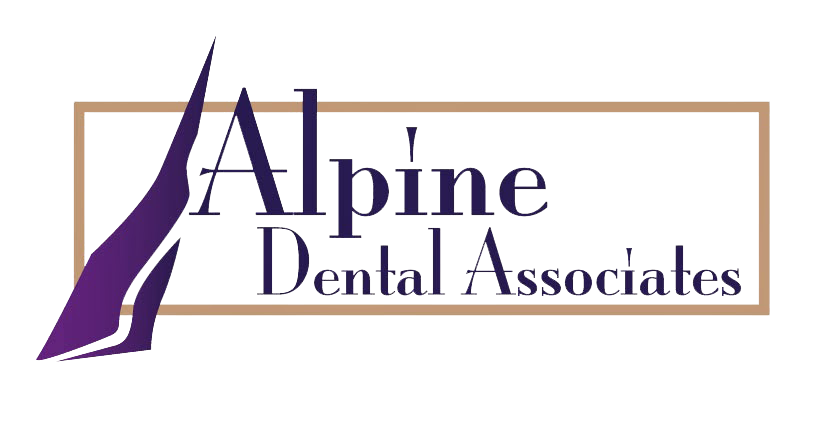Dental X-Rays
Dental X-rays, also known as radiographs, are crucial in maintaining optimal oral health by providing valuable diagnostic information not visible during a regular dental examination. At Alpine Dental Associates, these images allow dentists to detect and diagnose dental issues such as cavities, gum disease, impacted teeth, and bone loss. By identifying problems early, dental X-rays enable timely intervention, preventing the progression of dental diseases and minimizing the need for invasive treatments. Additionally, X-rays help dentists in Omaha, NE, plan and monitor treatments such as fillings, root canals, and orthodontic procedures more effectively, ensuring optimal patient outcomes. While minimizing radiation exposure is a priority, the benefits of dental X-rays in aiding diagnosis and treatment planning far outweigh the associated risks when used judiciously and by established guidelines.
What Can Dental X-Rays Detect?
Tooth Decay
One of the primary purposes of dental X-rays in Omaha, NE, is to detect tooth decay that may not be visible during a visual examination. X-rays can reveal cavities between teeth, beneath fillings, and in areas where decay has just begun. By detecting decay early, dentists can intervene promptly with appropriate treatments, preventing further damage to the teeth.
Gum Disease
Dental X-rays are instrumental in assessing the health of the gums and supporting bone structures. X-rays can detect signs of gum disease, such as bone loss, tartar buildup, and changes in bone density. This information helps dentists develop personalized treatment plans to control gum disease and preserve the health of periodontal tissues.
Tooth Infections
X-rays can reveal infections or abscesses that may be present at the root of the tooth or in the surrounding bone. These infections can be caused by untreated tooth decay, gum disease, or trauma to the tooth. Detecting infections early is crucial for preventing the spread of infection and preserving the affected tooth. Contact us today!
Tooth Eruption Problems
X-rays are invaluable for assessing teeth' alignment and positioning, particularly in tooth eruption problems. X-rays can reveal impacted teeth, supernumerary teeth, and abnormalities in tooth development. This information guides orthodontic treatment planning and helps ensure optimal dental alignment.
Jaw Abnormalities
Dental X-rays can detect abnormalities or irregularities in the jawbone, such as cysts, tumors, or fractures. These conditions may not be visible during a visual examination and may require further evaluation and treatment by an oral surgeon or specialist.
Dental Trauma
X-rays can reveal fractures or cracks in the teeth caused by trauma or injury. This information is essential for determining the extent of damage and planning appropriate treatment, which may include restorative procedures such as fillings, crowns, or root canal therapy.
Types of Dental X-Rays
Bitewing X-Rays
Bitewing X-rays are commonly used to visualize the crowns of the upper and lower teeth in a single image. These X-rays capture detailed images of the tooth structures, including the crowns and the interproximal spaces between adjacent teeth. Bitewing X-rays are beneficial for detecting early signs of tooth decay, assessing the fit of dental restorations, and monitoring changes in bone density related to gum disease.
Periapical X-Rays
Periapical X-rays capture images of individual teeth, from the crown to the root apex and surrounding bone. These X-rays provide detailed views of the entire tooth structure, including the roots, bone level, and surrounding tissues. Periapical X-rays are invaluable for diagnosing dental issues such as tooth decay, root canal infections, dental abscesses, and abnormalities in tooth development.
Panoramic X-Rays
Panoramic X-rays offer a comprehensive view of the oral cavity, capturing images of the teeth, jaws, temporomandibular joints (TMJs), and surrounding structures in a single image. These X-rays provide a broad overview of the oral and maxillofacial anatomy. They help assess impacted teeth, jaw alignment, and sinus problems and detect abnormalities such as cysts or tumors.
Occlusal X-Rays
Occlusal X-rays focus on capturing images of specific areas of the mouth, such as the floor of the mouth or the palate. These X-rays provide detailed views of the underlying structures in these regions, allowing dentists to detect abnormalities, assess the extent of dental trauma, and plan appropriate treatments. Occlusal X-rays are commonly used in pediatric dentistry and oral surgery.
Cone Beam Computed Tomography (CBCT)
Cone Beam Computed Tomography, or CBCT, is a specialized imaging technique that provides three-dimensional views of the oral and maxillofacial structures. CBCT scans offer detailed images of the teeth, jaws, TMJs, sinuses, and surrounding tissues with minimal radiation exposure. CBCT imaging is valuable for diagnosing complex dental issues, planning implant placement, evaluating temporomandibular joint disorders, and guiding orthodontic treatment.
By incorporating X-ray imaging into routine dental care, dentists can detect and address dental issues early, ultimately promoting their patients' long-term health and well-being. For the best dental care, visit Alpine Dental Associates at 2811 N 90th St, Omaha, NE 68134, or call 402 3910459.
Office Hours
MON - WED 8:00 am - 5:00 pm
THU - FRI 8:00 am - 12:00 pm
SAT - SUN Closed











